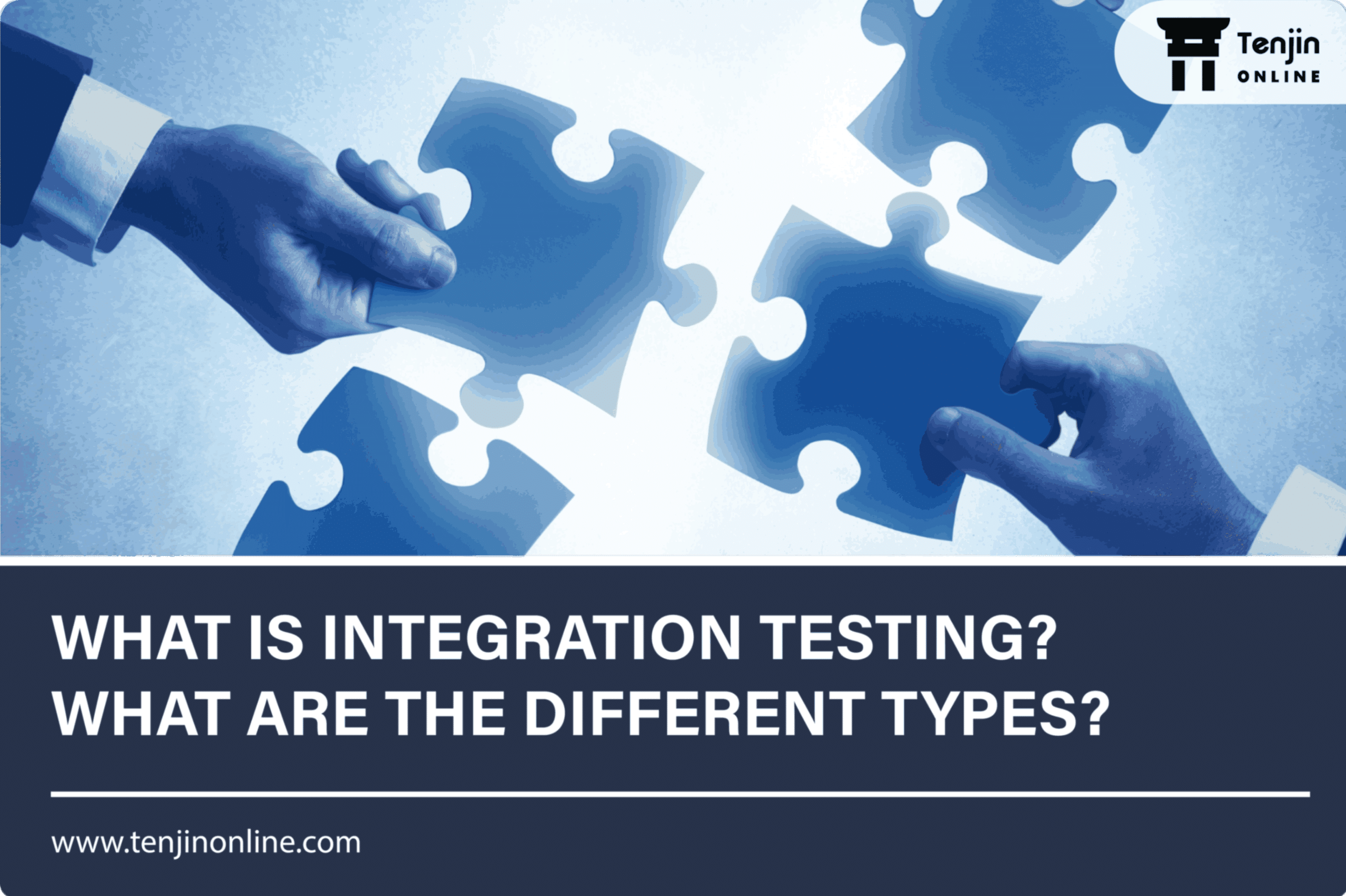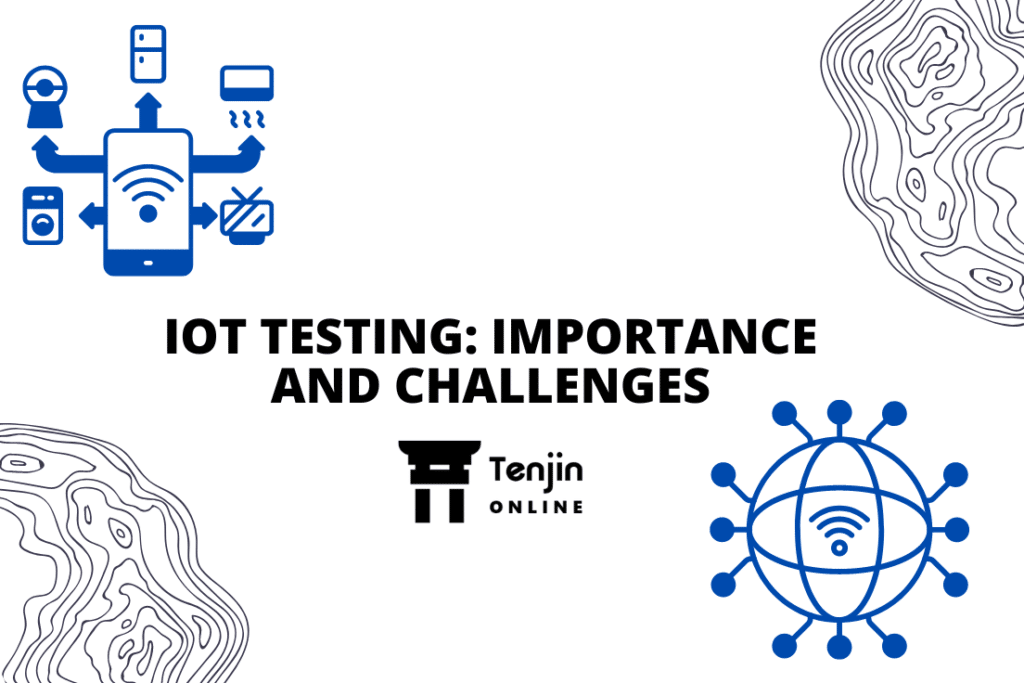
Modern-day technological innovation is transforming the way applications are developed. Unlike standalone applications, today apps are built as a combination of various components and modules, ensuring the seamless interaction of these parts is essential for creating a robust and reliable system. This is where integration testing comes into play. Integration testing serves as pivotal proof in the software development lifecycle, assuring that different modules collaborate harmoniously to deliver a cohesive and functional application.
Integration testing is a fundamental aspect of the testing process, designed to identify and rectify potential issues and defects that may arise when different parts of a system interact with each other. This article explores the concept of integration testing, its benefits, and its different types.
What is Integration Testing?
Integration testing is a software testing technique that focuses on evaluating the interaction of different components, modules, and interaction of an application. It aims to detect defects that arise from the interfaces and interactions between these elements. In short, integration testing verifies that the different pieces of a software system, which are developed and tested independently, work in unison when in an interconnected systems.
Benefits of Integration Testing
Early Detection of Compatibility Issues
Integration testing allows developers to identify compatibility issues among various software components early in the development process. By simulating interactions between different modules, any inconsistencies or conflicts can be uncovered before they escalate into more complex problems. This early detection not only reduces the overall cost of fixing issues but also ensures a smoother development process.
Improved Software Quality
Quality assurance is a cornerstone of software development, and integration testing plays a pivotal role in ensuring software quality. By thoroughly testing the integration points, developers can ascertain that the different components work cohesively as intended. This leads to a higher quality product that meets user expectations and minimizes the likelihood of defects.
Enhanced Reliability
In today’s interconnected world, software applications often rely on multiple external systems, APIs, and databases. Integration testing evaluates the reliability of these connections and ensures that the software can communicate seamlessly with external entities. Detecting and resolving potential communication errors before deployment enhances the overall reliability of the software.
Risk Mitigation
Software projects inherently carry risks, such as unexpected behavior when different components interact. Integration testing aids in mitigating these risks by uncovering vulnerabilities and uncovering issues that might arise when various parts of the software interact. Addressing these issues before deployment reduces the chances of critical failures and helps maintain user trust.
Faster Bug Detection
When various components are integrated, bugs that might not manifest during unit testing can emerge due to the complex interactions between modules. Integration testing identifies these bugs early, allowing developers to address them promptly. This accelerates the bug-fixing process and minimizes delays during later stages of development.
Cost-Efficiency
Fixing software defects during the later stages of development can be time-consuming and expensive. Integration testing facilitates the identification and resolution of issues in the earlier stages, which reduces the cost associated with addressing complex problems that may arise if integration-related bugs are left unattended.
Streamlined Development Process
A well-executed integration testing strategy streamlines the development process. By identifying and resolving issues as they arise, developers can maintain a smoother workflow and avoid major disruptions caused by unexpected complications during later stages of development.
Better User Experience
Users of software applications expect a seamless and efficient experience. Integration testing ensures that the software components collaborate effectively, resulting in an application that performs consistently and provides a positive user experience.
Increased Confidence
Knowing that the software’s different components have been rigorously tested for compatibility and integration instills confidence in both developers and stakeholders. This confidence can have a positive impact on decision-making and project progress.
Support for Continuous Integration and Deployment
Integration testing is a key enabler of continuous integration and deployment practices. By ensuring that new code changes integrate smoothly with the existing system, integration testing facilitates the automated deployment of updates and enhancements, promoting faster release cycles.
Types of Integration Testing
The different types of integration testing are:
Big Bang Integration Testing
In this approach, all individual components of the software are integrated simultaneously, forming a complete system. The system is then subjected to testing as a whole. While this approach may be quick and efficient, it can also make it challenging to pinpoint the root cause of issues, as they might originate from any of the integrated components.
Top-Down Integration Testing
Here, testing begins with the highest-level modules and gradually progresses to the lower-level ones. The higher-level modules are tested in isolation first, using stubs or mock objects to simulate the behavior of lower-level components. As the testing process advances, the lower-level modules are incorporated, and the interactions between various levels are examined. This approach allows for the detection of high-level issues early on, but lower-level issues might remain hidden until later stages.
Bottom-Up Integration Testing
In contrast to top-down testing, this method commences with testing the lowest-level modules first, employing drivers to imitate the behavior of higher-level components. The testing then moves upwards, incorporating progressively higher-level modules. This approach is beneficial for identifying low-level issues quickly, though high-level issues may only surface in later stages.
Incremental Integration Testing
This type of testing divides the software into smaller units, or increments, which are integrated and tested individually. As each increment is integrated, the system is tested incrementally, ensuring that new functionalities and interactions are assessed continuously. This approach facilitates the early detection of issues and provides flexibility in addressing them.
Hybrid Integration Testing
As the name suggests, this approach combines elements of both top-down and bottom-up testing strategies. The testing begins with the integration of a subset of modules from the top and bottom levels. Once this subset is validated, the rest of the modules are added incrementally. This method strikes a balance between identifying higher-level and lower-level issues.
Continuous Integration Testing
In the context of Agile and DevOps methodologies, continuous integration involves frequent integration of code changes into a shared repository. Automated tests are executed each time new code is added, aiming to detect integration issues early in the development process. This approach enhances collaboration, accelerates feedback loops, and ensures that defects are addressed promptly.
Conclusion
Integration testing is a cornerstone of software quality assurance, ensuring that the complex web of components within a software system works harmoniously. By adopting the appropriate type of integration testing strategy, development teams can uncover issues early, streamline the debugging process, and deliver reliable and efficient software products. Choosing the right approach depends on factors such as project complexity, development methodology, and resource availability. Ultimately, a well-executed integration testing strategy contributes to a smoother development process and higher customer satisfaction.


